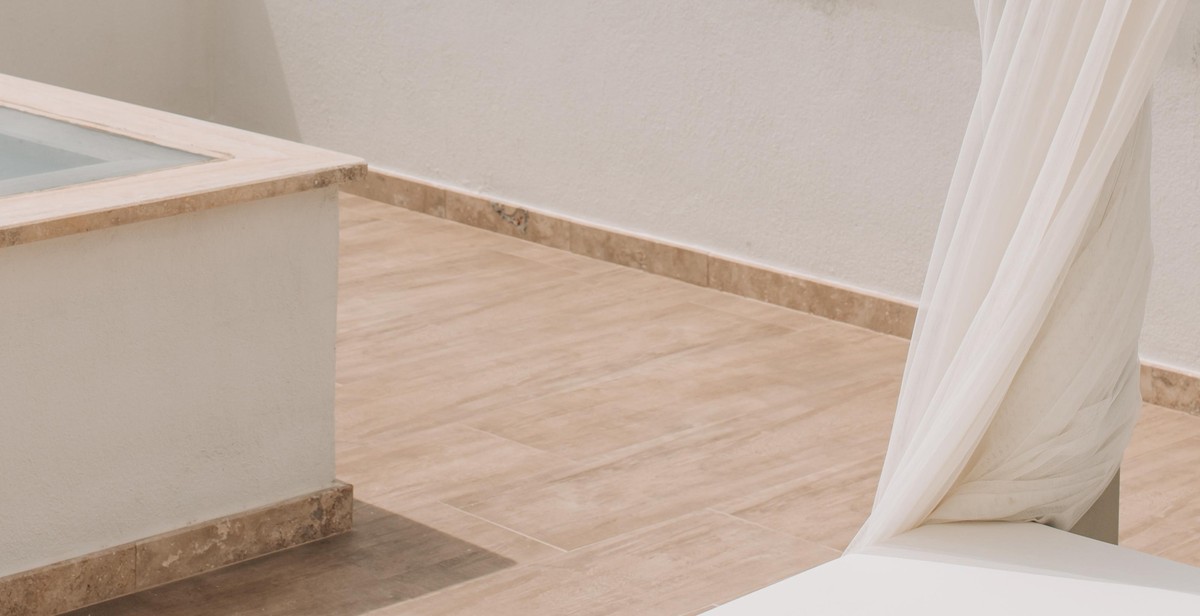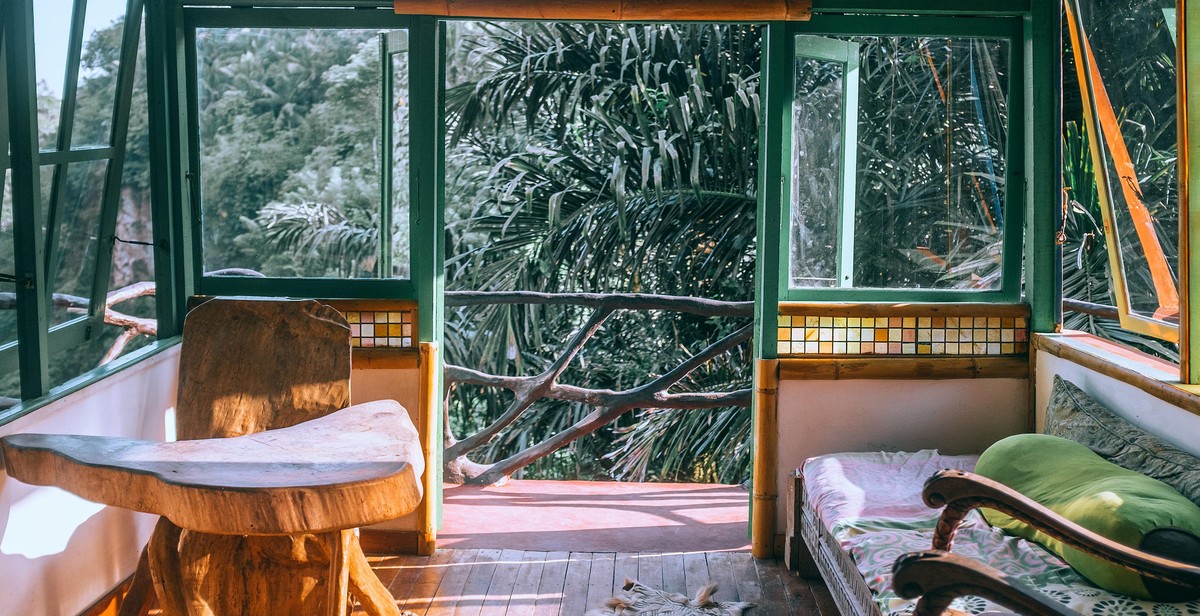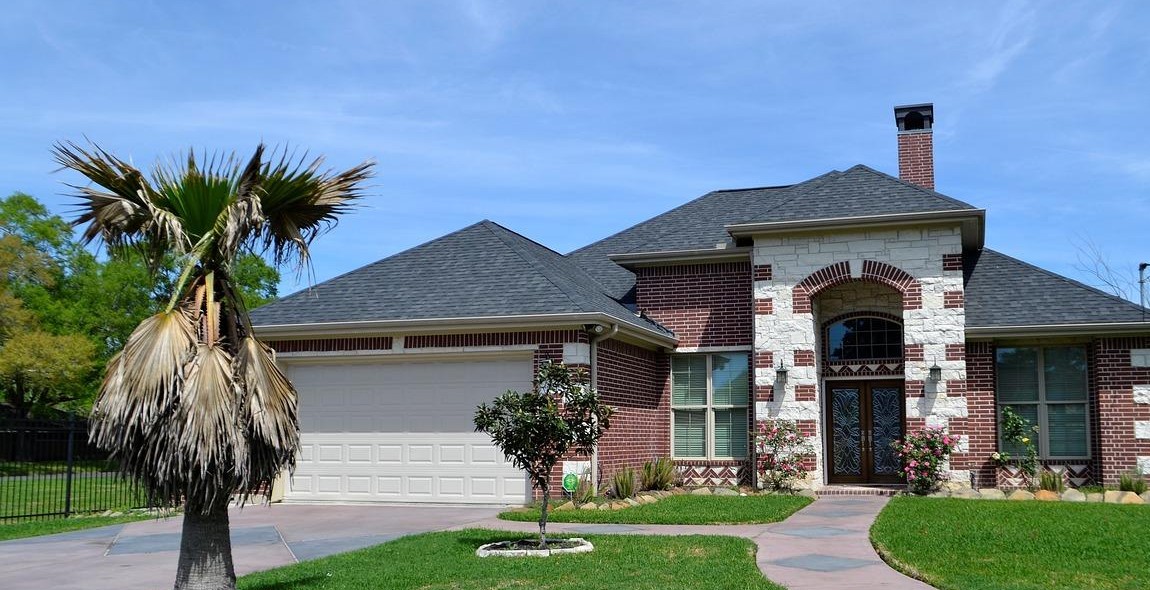How to Design a Tropical Architecture: Incorporating Natural Ventilation and Outdoor Living
Designing a tropical architecture that incorporates natural ventilation and outdoor living is becoming increasingly popular due to its eco-friendly and sustainable nature. It is a design approach that maximizes the use of natural resources such as wind, sunlight, and rain to reduce the energy consumption of a building and create a comfortable living environment.
Incorporating natural ventilation into the design of a building is essential in tropical climates where the weather is hot and humid. It allows for the circulation of fresh air, keeping the indoor environment cool and comfortable. Additionally, outdoor living spaces are an important aspect of tropical architecture as they provide a connection between the indoor and outdoor environments, allowing for a seamless transition between the two.
The Benefits of Natural Ventilation and Outdoor Living in Tropical Architecture
The benefits of incorporating natural ventilation and outdoor living into tropical architecture are numerous. Firstly, it reduces the reliance on mechanical ventilation and air conditioning, which can be expensive to install and maintain. Secondly, it reduces the carbon footprint of a building, making it more sustainable and eco-friendly. Thirdly, it creates a more comfortable and healthier living environment for occupants.
Overall, designing a tropical architecture that incorporates natural ventilation and outdoor living is a sustainable and eco-friendly approach that creates a comfortable living environment. The next section will explore the key design principles of tropical architecture and how they can be incorporated into the design of a building.

Understanding Tropical Architecture
Tropical architecture is a type of architecture that is designed to suit the specific needs of tropical climates, which are characterized by high temperatures, high humidity, and heavy rainfall. The main goal of tropical architecture is to provide a comfortable living environment that is in harmony with the climate, using materials and construction techniques that are appropriate for the region.
Climate Considerations
The first step in designing a tropical architecture is to understand the climate of the region. Tropical climates are typically hot and humid, with temperatures ranging from 25 to 35 degrees Celsius. The key consideration in designing a tropical architecture is to provide adequate ventilation to keep the indoor environment cool and comfortable.
Natural ventilation is the most effective way to cool a building in a tropical climate. This can be achieved through the use of open windows, doors, and other openings that allow for the free flow of air. The placement of windows and doors is also important, as they should be located to allow for the prevailing winds to flow through the building.
Another important consideration in tropical architecture is the use of shading devices to block the direct sunlight. This can be achieved through the use of overhangs, awnings, and shading screens. These shading devices can help to reduce the heat gain in the building and keep the indoor environment cool.
Materials
The choice of materials is also important in tropical architecture. Materials that are able to withstand the harsh tropical climate are preferred. The use of local materials is also encouraged, as they are often more readily available and more affordable than imported materials.
Some of the commonly used materials in tropical architecture include bamboo, thatch, and timber. These materials are lightweight, durable, and able to withstand the harsh tropical climate. They are also renewable and sustainable, making them an environmentally friendly choice.
Other materials that are commonly used in tropical architecture include concrete, stone, and brick. These materials are more durable than the natural materials, but they also tend to absorb and retain heat, making them less suitable for tropical climates.
Construction Techniques
The construction techniques used in tropical architecture are also important. The use of lightweight construction techniques is preferred, as they are able to withstand the high winds and heavy rainfall that are common in tropical climates.
The use of raised foundations is also common in tropical architecture. This helps to protect the building from flooding and water damage. It also allows for better ventilation, as the space beneath the building allows for the free flow of air.
The use of traditional construction techniques is also encouraged in tropical architecture. These techniques have been developed over centuries and are well suited to the local climate and conditions. They are also often more affordable and more readily available than modern construction techniques.
Conclusion
In conclusion, understanding the climate of the region, choosing appropriate materials, and using suitable construction techniques are all important considerations in designing a tropical architecture. By incorporating natural ventilation and outdoor living, a tropical architecture can provide a comfortable and sustainable living environment that is in harmony with the local climate and conditions.

Incorporating Natural Ventilation
Designing a tropical architecture with natural ventilation is essential to keep the indoor environment comfortable and healthy. Here are some ways to incorporate natural ventilation into your design:
Orientation and Layout
The orientation and layout of your building are crucial in maximizing natural ventilation. Positioning your building to face the prevailing winds will allow for cross ventilation, which helps to cool down the indoor environment. Additionally, designing your building with an open floor plan allows for air to circulate freely, further improving natural ventilation.
Building Envelope Design
The building envelope design plays a significant role in natural ventilation. Incorporating operable windows, louvers, and doors allows for the control of airflow and temperature. These elements can be strategically placed to create a stack effect, where warm air rises and escapes through high openings, while cool air is drawn in through low openings.
- Operable windows – Windows that can be opened and closed, allowing for the control of airflow and temperature.
- Louvers – Horizontal slats that can be adjusted to control the amount of airflow and sunlight entering the building.
- Doors – Doors can be used to control the flow of air and create a pathway for cross ventilation.
Landscaping and Outdoor Spaces
Landscaping and outdoor spaces can also play a role in natural ventilation. Trees and vegetation can provide shade and help to cool down the surrounding environment, which in turn cools the building. Additionally, outdoor spaces such as patios and courtyards can be designed to create a microclimate that encourages natural ventilation.
| Element | Benefits |
|---|---|
| Trees and Vegetation | Provides shade and cools down the surrounding environment |
| Patios and Courtyards | Creates a microclimate that encourages natural ventilation |
Incorporating natural ventilation into your tropical architecture design not only creates a comfortable and healthy indoor environment but also reduces energy consumption and promotes sustainability. By utilizing the orientation and layout, building envelope design, and landscaping and outdoor spaces, you can achieve a design that harmonizes with the tropical environment while also providing a comfortable living space.

Designing for Outdoor Living
When designing a tropical architecture, it is important to consider the outdoor living space as an extension of the indoor space. The goal is to create a seamless indoor-outdoor flow, blurring the lines between the two spaces. This can be achieved through various design elements such as:
Shade and Shelter
One of the most important considerations when designing for outdoor living is providing adequate shade and shelter. This can be accomplished through the use of overhangs, pergolas, umbrellas, and even trees. Not only do these elements provide relief from the hot tropical sun, but they also create a cozy and inviting atmosphere for outdoor activities.
Water Features and Pools
Water features and pools are also popular design elements in tropical architecture. Not only do they provide a refreshing escape from the heat, but they also add a sense of tranquility and relaxation to the outdoor space. Waterfalls, fountains, and ponds are just a few options to consider when incorporating water into your design.
Indoor-Outdoor Flow
The key to designing for outdoor living is creating a seamless indoor-outdoor flow. This can be achieved through the use of large glass doors and windows, which allow for natural light and ventilation to flow through the space. Outdoor kitchens, dining areas, and lounges can also help to create a cohesive and functional outdoor living space.
Overall, designing for outdoor living in a tropical architecture requires careful consideration of various elements to create a functional and inviting space. From shade and shelter to water features and indoor-outdoor flow, each element plays an important role in creating a cohesive and enjoyable outdoor living experience.
